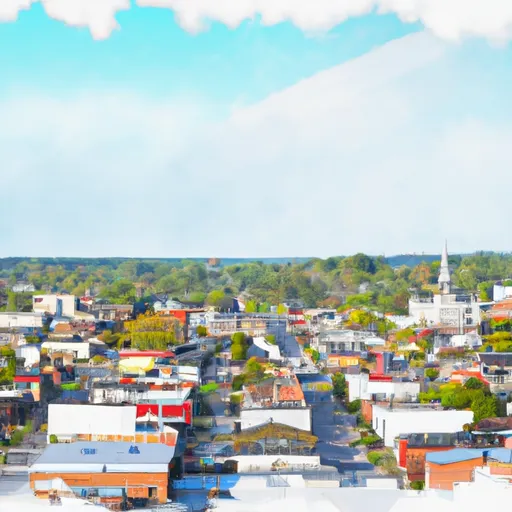°F
°F
mph
Windspeed
%
Humidity











North Jackson, Ohio is a village located in Mahoning County, in the northeastern part of the state. The climate in North Jackson is considered to be humid continental, characterized by hot summers and cold winters. The area receives moderate rainfall throughout the year. Hydrology constituents in the village are mainly influenced by the Mahoning River, which runs through the region. Outdoor recreation opportunities in North Jackson include fishing, boating, and kayaking along the river. The nearby Mill Creek MetroParks also provide a variety of outdoor activities, such as hiking, biking, and picnicking. With its diverse climate and water resources, North Jackson offers ample opportunities for outdoor enthusiasts to enjoy nature.
Weather Forecast
North-Jackson receives approximately 992mm of rain per year, with humidity levels near 82% and air temperatures averaging around 10°C. North-Jackson has a plant hardyness factor of 6, meaning plants and agriculture in this region thrive during a short period during spring and early summer. Most plants will die off during the colder winter months.
Regional Streamflow Levels
14
Cubic Feet Per Second
63
Cubic Feet Per Second
100
Cubic Feet Per Second
26,300
Cubic Feet Per Second
Nearby Camping
| Camping Area | Reservations | Toilets | Showers |
|---|---|---|---|
| Jefferson Lake State Park | |||
| Mill Creek - Berlin Reservoir | |||
| Geneva State Park | |||
| Guilford Lake State Park | |||
| Village Green | |||
| Mosquito Lake State Park |



